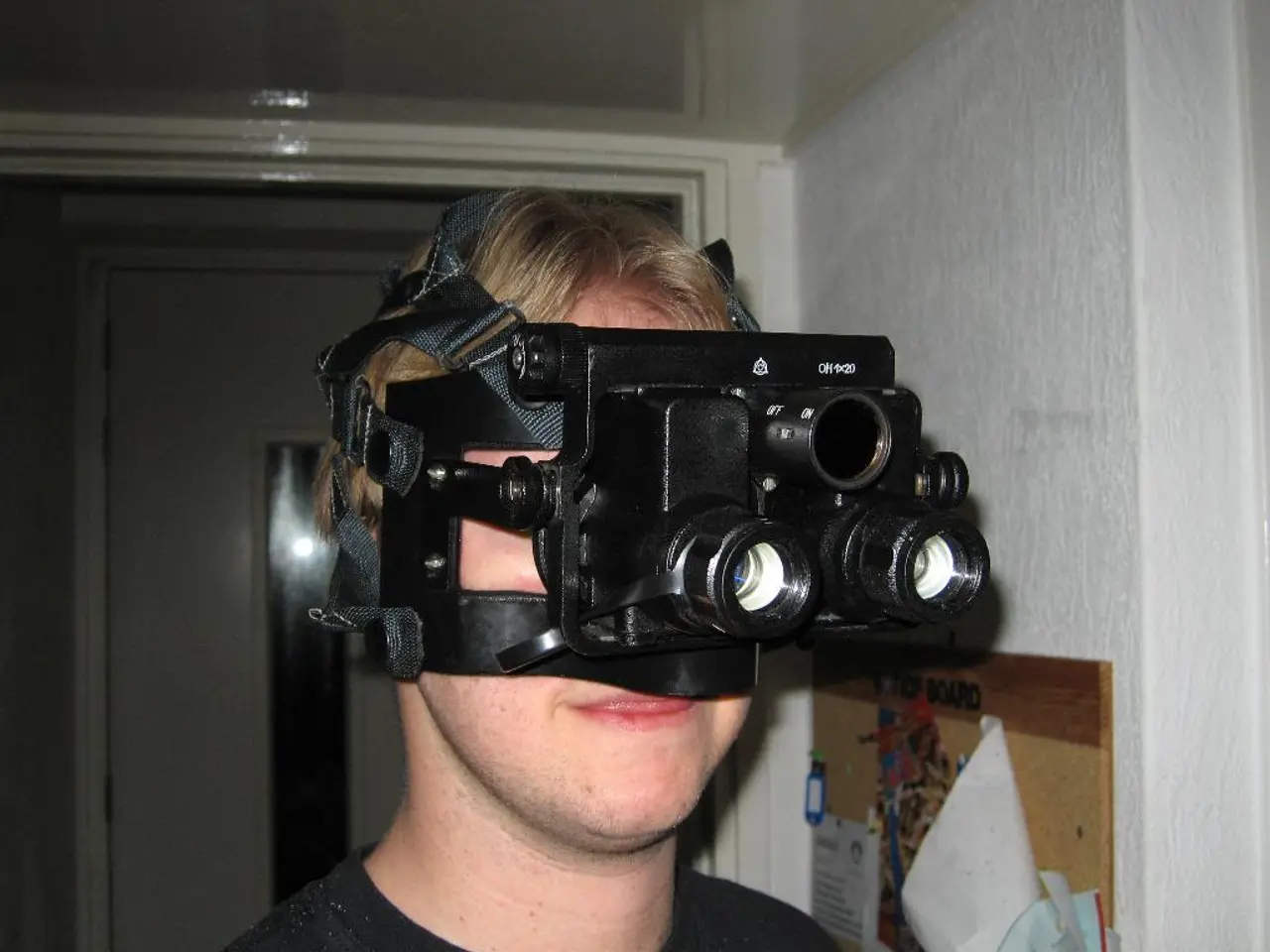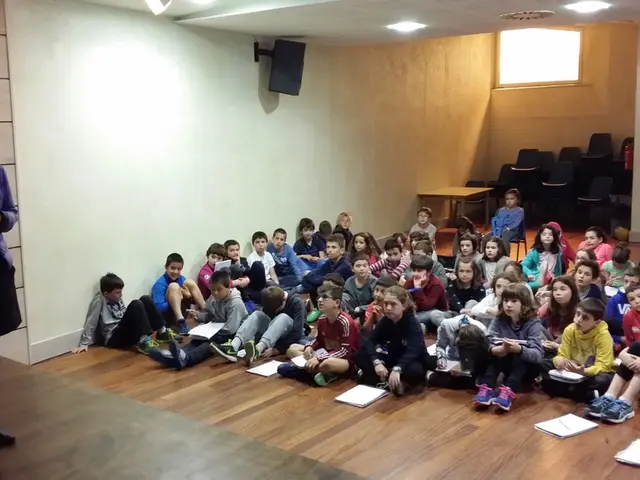Virtual Reality Training: First-person Perspective vs. Third-person Perspective Comparison
Virtual Reality (VR) training is revolutionizing the way we learn and develop skills, offering immersive and interactive experiences. One key decision in VR training is choosing between first-person and third-person perspectives. This article explores the advantages and disadvantages of each perspective and their effectiveness for different learning goals.
First-Person Perspective
The first-person perspective, where the learner experiences the training as if they are physically present, offers several benefits. It enhances the sense of agency and embodiment, making users feel as if they are truly inhabiting the virtual body. This is crucial for motor learning and rehabilitation. The strong activation of the motor system when observing movements of one’s own virtual avatar improves motor function and skill acquisition, especially in VR-motor training contexts.
However, first-person VR training may induce cognitive overload or motion sickness in some users due to high immersion. The limited visibility of the avatar’s body can sometimes reduce spatial awareness, which might be critical in certain training scenarios requiring observation of full body posture.
Third-Person Perspective
The third-person perspective, where learners observe their avatar or task from an external viewpoint, offers advantages such as enhanced spatial understanding of the environment or body posture. It is better for understanding overall task structure, sequence of actions, or teamwork scenarios where multiple agents interact. This perspective can reduce motion sickness risk because the viewpoint is less disorienting than first-person.
However, the third-person perspective reduces embodiment and sense of agency, potentially decreasing engagement and motor system activation. It may lower the immersive "feel" of the experience, which can impact motivation and realism in certain cognitive or sensory-motor trainings.
Effectiveness for Different Learning Goals
The choice between first-person and third-person perspectives depends on the specific learning goals. For motor skills training or rehabilitation, first-person VR is recommended due to its ability to enhance embodiment and motor system activation. Knowledge acquisition of spatial or strategic tasks benefits more from third-person VR, as it allows learners to observe overall task dynamics and multiple actors, aiding comprehension.
For experiential learning or immersion, first-person VR is preferred due to its immersive, embodied experience. Teamwork or coordination training benefits from third-person or mixed perspectives, providing a better understanding of roles and interactions among team members.
In some cases, a mixed or adaptive approach using both perspectives may optimize learning outcomes by balancing embodiment and overview capabilities.
Expert Solutions for VR Training
Rafal Siejca, a VR expert with a decade of corporate experience at Millennium Bank, Comarch, and PZU, one of Europe's largest insurance companies, is the CEO and CTO of Platformspace, an example of an expert solution for VR training. Platformspace ensures timely, high-quality project delivery, providing comprehensive and effective VR training solutions.
Consulting an expert with tested, bulletproof solutions can be beneficial in choosing the right perspective for your VR training needs. The core part of the brain responsible for processing information plays a crucial role in learning and memory, making the choice of perspective a significant factor in the success of your training program.
In retail training simulations, observing interactions from outside provides valuable insights into body language and service dynamics that might be overlooked in a first-person view. Combining perspectives (third-person and first-person) can enhance immersive learning, offering the best of both worlds.
In conclusion, the choice between first-person and third-person perspectives in VR training is not just about aesthetics; it's about results. First-person VR is more effective for tasks requiring strong embodiment and active motor involvement, such as surgical training, motor learning, and immersive experiential learning. Third-person VR excels in helping learners grasp spatial relationships, observe actions holistically, and understand teamwork dynamics or complex system interactions. For some training goals, a mixed or adaptive approach may optimize learning outcomes by balancing embodiment and overview capabilities.
- When it comes to retail training simulations, a combination of first-person and third-person perspectives can provide the most comprehensive learning, offering valuable insights into both the service dynamics and the overlooked body language that might be missed in a single perspective.
- For experiential learning or immersion in VR training, a first-person perspective is often preferred due to its immersive, embodied experience, making it more effective for tasks requiring strong embodiment and active motor involvement, such as surgical training or motor learning.




